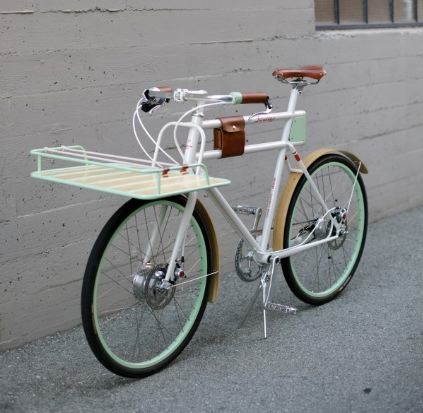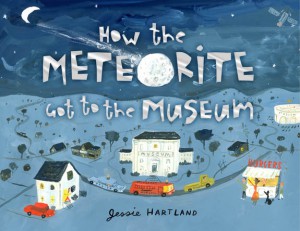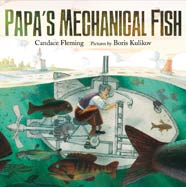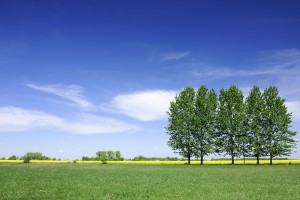 Bicycles = sustainable transportation, right? But there are (at least) 5 other ways bicycles can teach us about resilience.
Bicycles = sustainable transportation, right? But there are (at least) 5 other ways bicycles can teach us about resilience.
MECHANICS
I recenlty dragged my road bike out of the shed after a very long winter’s rest. A bit of work on the front wheel hub and brakes, and within about 20 minutes it was ready to go. This hands-on accessibility is part of what makes bicycles so empowering. We can see, understand and manage how they work–something you can talk about with even younger kids. What does pedaling do? What makes the wheel stop?
INNOVATION
The basic form of bicycle is pretty standard…or is it? One of our aims with the Kids Future Press inaugural title, Bicycles, Airships and Things that Go, is to show the existing wide range of bicycle types and how bikes are a great site for innovation–something we need more of for long term resilience! Materials, frame structures, method of operation are all up for reinvention. Here are a few examples:

The Fliz bike prototype from German designers
Tom Hambrock and Juri Spetter
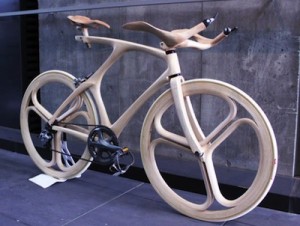
Yojiro Oshima, of Craft & Industrial Design
Department at Musashino Art University in
Tokyo, made this wooden bike
IDEO worked with frame-builder Rock Lobster
to reimagine the utility bike, with interchangeable
front racks and a very discreete electric motor.

Seattle company Valid Cycles builds
custom bamboo bicycles.
What can bikes carry? What can they be made out of? How else can we propel ourselves on 2 wheels? These are some questions to ask ourselves and our kids.
URBAN DESIGN
As part of green travel, bicycles are connected to buildings and streets. Buildings will have to make more room for bikes, both inside and out. Statistics show that cycling is taking off across America, with a 50% increase in the numbers commuting by bike between 2000 and 2011.
Look around the places you visit– where can we park bikes? How should bike parking look? Which part of the street or side”walk” is available to bikes? Meanwhile bicycle safety helps us learn about diverse areas such as lighting, visibility and design against crime.

Helios handle bars with built in lights and a smart bluetooth
connection: turns any bike into a traceable smart bike
CLOTHING AND FASHION
Cycling is only as practical as it is culturally acceptable. Can we dress normally when we ride bikes? Do our clothes make it comfortable to ride a bike and look stylish? Observe what cyclist wear and carry. . . and ask–why? Specialist clothing companies like Iva Jean, Telaio Clothing and Sonia McBride all design fashionable women’s clothes that perform well on a bike. So cycling fashion, particularly clothes, bags, and helmets, is also connected to resilience.

zip pencil skirt for cycling by Iva Jean
HEALTH & HAPPINESS
Research on cycling repeatedly shows that it has multiple physical and mental health benefits. Even kids can feel that cycling is energizing, but did you know that it increases longevity, is good for your heart and other muscles, improves your coordination and balance, stimulates your mental health and supports your immune system? There are a range of good articles about this on Bikeradar, Discovery, Bicycling, Better Health Victoria (Australia). Plus, it’s a fun activity to do with a group, which builds social capital.
So — how does bicycling make us healthy and happy? What does it feel like to bike somewhere versus walking or riding in the car?
THE TOOL YOU DIDN’T KNOW YOU HAD
So get those bikes into your observations and discussions of resilience with your kids. Bicycles teach about:
- basic mechanics and DIY
- innovation
- urban design and safety
- green transport
- fashion
- health
